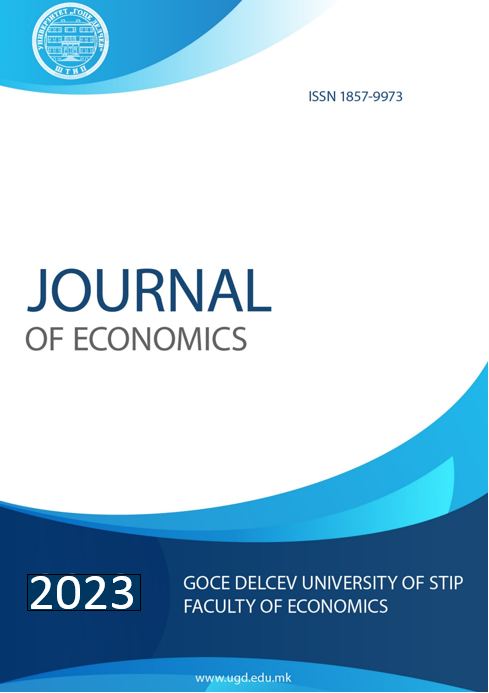Empirical analysis of Covid-19 crisis effects on the WB6 region
DOI:
https://doi.org/10.46763/JOE2381020lKeywords:
Covid-19 crisis, WB6 region, economic performance, pandemic economicsAbstract
The main aim of the paper is to investigate the impact of Covid-19 crisis on economic performance of Western Balkan (WB) region as well the current challenges that the region is facing with as a result of the energy crisis. To fulfil this goal, we apply comparative analysis by using key economic indicators for WB6 countries in the period before the crisis (2015-2019) and after the crisis (2020-2021). Actually, the WB6 region has positive economic trends before the Covid-19 crisis, reaching a sustainable growth rate in the medium term of around 4.0%. In the same time, positive trends have been recorded in the field of trade and investments. For illustration, the WB6 export of goods to the world has recorded yearly average growth rate of 10% in the period 2015-2019, while the annual average growth rate of export of services is much higher (12.2%) with significant positive net effect. The investments in the WB6 region has also recorded significant increasing trend in the pre-crisis period of 11.2% annual average growth rate. However, the Covid-19 pandemic significantly slowed down the economic development path of WB6 region. In 2020, the WB6 region was faced with negative average growth rate of -3.1%. The main transition channels of the crisis were through the trade sector, investments (FDIs), as well the final consumption. However, the paper concludes that the negative effects of the Covid-19 crisis on WB6 region was smaller than originally expected and more importantly the region recovers faster in the post Covid-19 period compare with EU countries.


